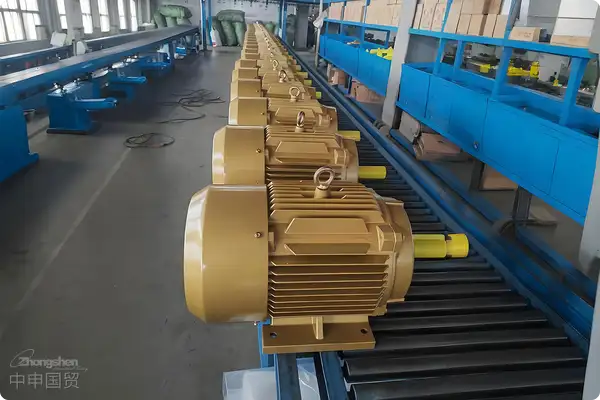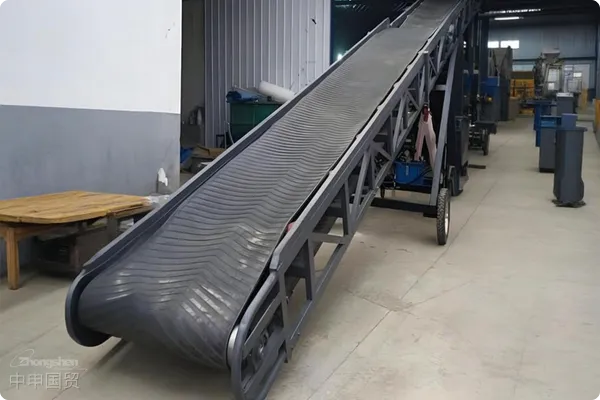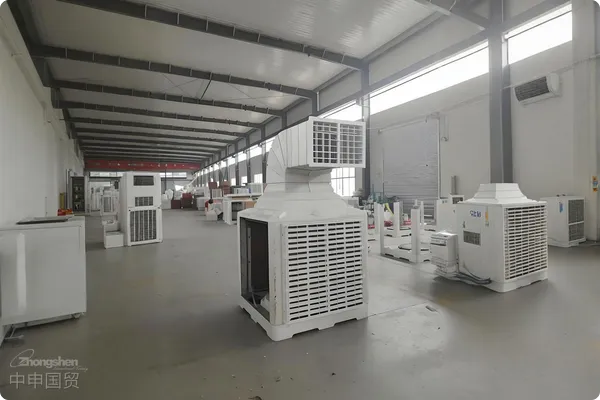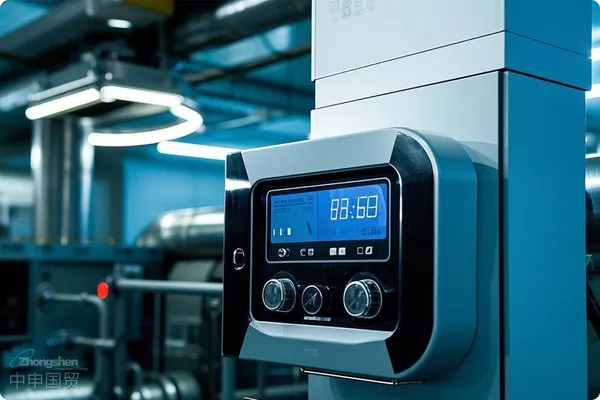- Shanghai Zhongshen International Trade Co., Ltd. - Two decades of trade agency expertise.
- Service Hotline: 139 1787 2118
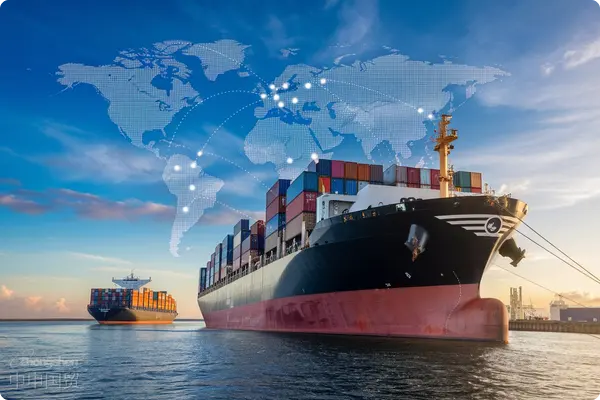
As China-Russia trade cooperation deepens, more enterprises are focusing on Russias second-hand machinery market. However, the process for second-hand machineryExport Clearancediffers significantly from that for new products. This article provides a professional breakdown of key aspects.
I. More Complex Documentation Requirements
Internationally - recognized Safety StandardsRussian-Language Technical Documentation: Requires official Russian translations (notarized) of the equipments original manuals and technical parameter sheets
Regional Mandatory CertificationsEquipment History ProofDocuments proving the legal origin of the equipment, including purchase invoices, usage records, maintenance reports, etc.
Cultural and Religious NormsSpecial Test ReportsRussian GOST certification authorities require a remaining service life assessment report for the equipment.
II. Special Certification System Regulations
- EAC認證差異Used equipment requires additional submission of a [Equipment Condition Declaration], and certain categories may require on-site inspection by Russian experts.
- Sanitary and quarantine certificateEquipment involved in food processing, medical, and other related fields must obtain a sanitary certificate issued by the Russian Federal Service for Surveillance on Consumer Rights Protection and Human Wellbeing (Rospotrebnadzor).
III. High Incidence of Customs Valuation Disputes
Russian customs applies the [Residual Value Calculation Method] for used equipment. Enterprises must prepare:
- OriginalImport Customs DeclarationInvoice copy
- Equipment depreciation calculation sheet (must comply with Russian accounting standards)
- Current value report issued by a third-party appraisal agency
IV. Unique Tariff Calculation Methods
- Basic tariff rates refer to new products (same HS code).
- 18% VAT is applicable (may be eligible for tax deduction).
- Note the [Additional Tax for Equipment Service Life]: Equipment used for over 5 years may incur an additional tax of 3-7%.
V. Special Logistics Requirements
- Mandatory requirement for proof of internal fuel/oil drainage from the equipment.
- Transport packaging must comply with Russian GOST 14192 standards.
- Railway transport requires a Russian Railways-certified lashing plan.
VI. Post-Clearance Supervision Considerations
- After installation and commissioning, a [Confirmation of Equipment Commissioning] must be submitted to customs.
- Resale is prohibited within three years (prior application is required to lift the restriction).
- Environmental equipment must submit operational monitoring reports every two years.
Professional Suggestions
- Confirm special requirements with the Russian importers local customs in advance.
- Select a customs broker with AEO (Authorized Economic Operator) certification.
- It is recommended to purchase [Customs Dispute Insurance] to mitigate valuation disputes.
When handling usedEquipment Exportequipment, enterprises must pay attention to dynamic policy changes in technical standards, environmental requirements, etc., between China and Russia. It is advisable to establish a dedicated customs clearance file and retain all relevant documents for at least five years to address potential follow-up inspections.
Related Recommendations
Category case
Contact Us
Email: service@sh-zhongshen.com
Related Recommendations
Contact via WeChat

? 2025. All Rights Reserved. 滬ICP備2023007705號-2  PSB Record: Shanghai No.31011502009912
PSB Record: Shanghai No.31011502009912

